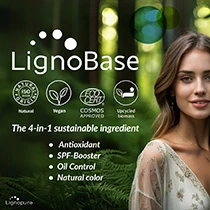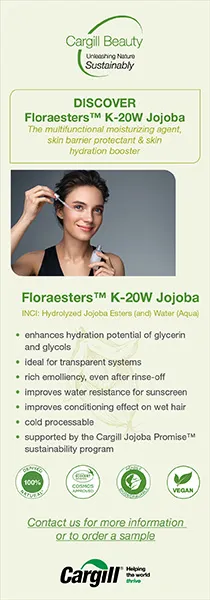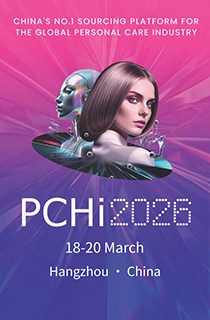Estée Lauder and Strategic Materials reveal recycling strategies for cosmetic glass packaging

The Estée Lauder Companies and glass recycling specialist Strategic Materials publish findings from a cosmetic glass recycling case study to help design glass that can yield a higher output of recyclable cullet.
The multi-year study outlines criteria for designing cosmetic glass packaging intended to be recyclable.
“While the majority of glass packaging recycled in North America today comes from the food and beverage industry, we have an opportunity to further advance circularity by looking towards the cosmetics and personal care industry,” says Laura Hennemann, senior vice president of Sustainability and Corporate Affairs, SMI.
“Through our collaboration with ELC, we are able to uncover what kind of glass cosmetics packaging can be most effectively recycled in practice and at scale and our hope is to remove barriers so that we can maximize recyclability yields and outputs to drive circular recovery throughout the system.”
“Designing-in” recyclability
Since 2020, ELC and SMI have collaborated on in-depth testing of more than 200 glass beauty containers and packages, aiming to better understand what makes cosmetic glass packaging more efficiently sortable.
The partners also sought methods to overcome the challenges of delivering luxury decorations, colors and formats that recyclers can identify as recyclable at scale.
 The amount of light that can pass through a glass package was determined as a key metric of recyclability.The new study focused on the importance of “designing-in” recyclability by integrating luminous transmission.
The amount of light that can pass through a glass package was determined as a key metric of recyclability.The new study focused on the importance of “designing-in” recyclability by integrating luminous transmission.
It also involved measuring how much light can pass through a glass package, a key metric to help accurately identify glass packaging in sorting machines commonly used to separate recyclable materials at SMI.
The study conducted light transmission tests in a laboratory and glass sorting machine. Results revealed that glass decorations that allow light transmission of 5% and above are more likely to be sorted correctly as glass.
Key factors for efficient sortability
The authors identify several design cues that affect a package’s portability. Factors for consideration when designing glass packaging include glass composition, color, thickness, decorations (e.g., use of gradients, metalized inks, coatings), labels, closures and product residue.
In addition to new insights on the recyclability of various decorations, colors and formats, the study includes design best practices that can guide product developers, package designers, suppliers and brands to help advance circularity.
SMI plans to train its packaging designers, product developers and glass packaging suppliers on key criteria identified in the case study so they can make informed decisions when selecting and designing packaging materials.
Findings from the case study will also be incorporated into ELC’s packaging sustainability guidelines. To further inform packaging sustainability innovation across the cosmetics industry in North America, ELC and SMI have published this case study as a resource within the Glass Packaging Institute.
“At ELC, we’re continually investing and innovating at every step of our packaging process to help drive more responsible packaging solutions that help enable our brands to deliver high-quality, luxury experiences to our consumers,” says Robert Peterson, senior vice president, Global Engineering & Packaging, The Estée Lauder Companies.
“We’re proud to collaborate with SMI, and other recyclers, suppliers and industry partners, to incorporate more sustainable concepts into glass packaging designs and to advance responsible packaging solutions for our brands and the personal care and cosmetics industry at large.”












